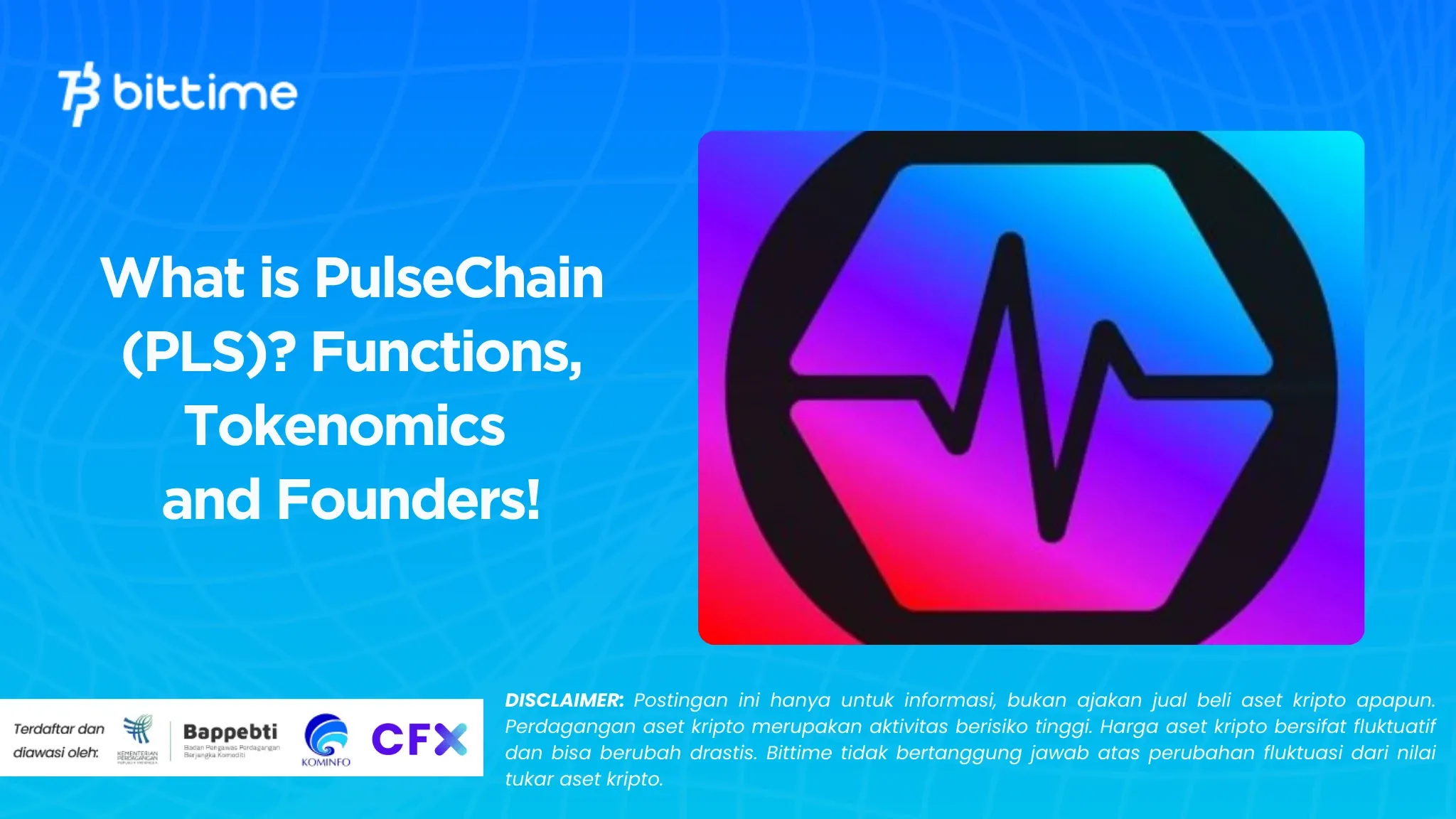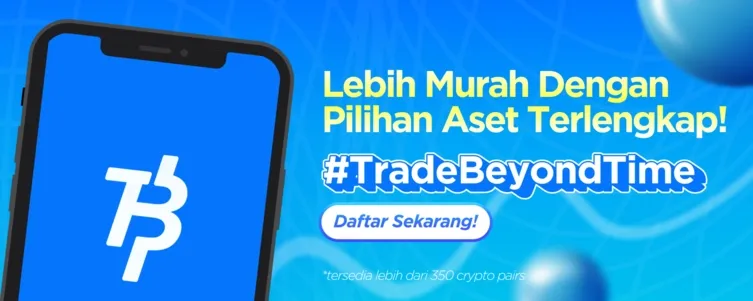What is PulseChain (PLS)? Functions, Tokenomics and Founders!
2025-03-24
Bittime - PulseChain (PLS) is a blockchain project that aims to be a faster and cheaper alternative to Ethereum.
With low transaction fees and compatibility with the Ethereum ecosystem, the project is attracting the attention of many investors. So, what is PulseChain (PLS)? Read this article to learn about tokenomics and its founders!
What is PulseChain (PLS)?
PulseChain (PLS) is a Layer 1 blockchain designed to improve the Ethereum user experience by offering faster transactions and lower fees.
This project is trying to attract the Ethereum community to switch to the PulseChain ecosystem, claiming to be a more environmentally friendly blockchain than Ethereum.
One of the features of this project is to take a snapshot of Ethereum and replicate it on the new network. Ethereum users can get copies of tokens and NFTs on the PulseChain network at no additional cost.
Read Also: What is AIDOGE? Check out the explanation here
How PulseChain (PLS) Works
PulseChain (PLS) copies the entire state of the Ethereum network, then adapts it with several improvements. The project uses $PLS tokens to pay transaction fees, run validators, and connect these assets to other blockchains.
One of the technical advantages this project offers is faster block times, namely 10 seconds compared to 12 seconds on Ethereum.
With this speed, the project aims to increase transaction efficiency and reduce network congestion that often occurs on Ethereum.
PulseChain (PLS) Tokenomics and Functions
PLS is the native token of PulseChain. Following are the functions of Pulsechain (PLS) that you need to know.
1. Pay transaction fees on the PulseChain network.
2. Staking to become a validator or get rewards.
3. Connecting PulseChain with other blockchains.
Meanwhile, details Pulsechain (PLS) tokenomics have not been announced, but the total supply is confirmed to be 4 trillion $PLS distributed through the sacrifice phase.
Additionally, the project has a burning mechanism that aims to make $PLS a deflationary token. Each transaction on the PulseChain network burns a portion of gas fees, similar to the EIP-1559 mechanism on Ethereum.
Read Also: What is SWFTCoin (SWFTC)? Functions and How to Buy $SWFTC Tokens!
How to Get PulseChain (PLS) Tokens
To earn Pulsechain (PLS) tokens, users must participate in a phase called “sacrifice”.
In this phase, users can donate various crypto assets or fiat currencies to supported addresses or to specific charities. The larger the amount donated, the more $PLS tokens you get.
However, mechanism This sacrifice is quite controversial because it is different from the traditional ICO model. Many question the transparency and legitimacy of this way of distributing tokens.
Read Also: What is OTC Crypto Trading and How Does It Work?
PulseChain (PLS) Founder
PulseChain (PLS) itself is Richard Heart, a quite controversial figure in the crypto world. He is known as an internet marketer, YouTuber, author, and entrepreneur.
Before diving into the world of blockchain, Richard Heart had run various online businesses, including an SEO company, a dating site, and even a Bitcoin hardware wallet.
Richard Heart is also the founder of HEX, an Ethereum-based crypto project that is often considered controversial due to its aggressive staking and marketing model.
Richard Heart claims that this project is a solution to various limitations of Ethereum, including high transaction fees and low scalability.
Read Also: This is how to buy cheap USDT without high fees!
Conclusion
PulseChain (PLS) is a promising blockchain project with various attractive features, such as low transaction fees, higher speed, and compatibility with the Ethereum ecosystem.
However, the $PLS token distribution model through a “sacrifice” mechanism is causing debate in the crypto community.
Well, for those of you who are interested in this project, it is important to understand the potential and risks of PulseChain before participating in the ecosystem.
Read Also: What is Cyber? Get to know the Ethereum Layer 2 Restaked Platform
PulseChain (PLS) FAQs
What is PulseChain (PLS)?
PulseChain is a Layer 1 blockchain that aims to improve the efficiency and scalability of the Ethereum network. PLS is the native token of the PulseChain network that is used to pay transaction fees.
Kapan PulseChain (PLS) Launched?
PulseChain launched on May 13, 2023 and has since experienced significant community growth and adoption by various projects and users.
How to Buy PulseChain (PLS)?
PUsers can buy $PLS tokens at PulseX or CEX that supports Pulsechain. Make sure to use a compatible wallet and add the PulseChain network.
How to Buy Crypto with Bittime
Want to trade sell buy Bitcoins and crypto investment easily? Bittime is here to help! As an Indonesian crypto exchange officially registered with Bappebti, Bittime ensures every transaction is safe and fast.
Start with registration and identity verification, then make a minimum deposit of IDR 10,000. After that, you can immediately buy your favorite digital assets!
Check the exchange rate BTC to IDR, ETH to IDR, SOL to IDR and other crypto assets to find out today's crypto market trends in real-time on Bittime.
Additionally, visit Bittime Blog to get various interesting updates and educational information about the world of crypto. Find trusted articles about Web3, blockchain technology, and digital asset investment tips designed to enrich your knowledge in the world of crypto.
Reference
Coinmarketcap What Is Pulsechain? One of Crypto’s Most Controversial Projects, accessed March 24, 2025.
Koinly, What is PulseChain?, accessed March 24, 2025.
Author: IPR
Disclaimer: The views expressed belong exclusively to the author and do not reflect the views of this platform. This platform and its affiliates disclaim any responsibility for the accuracy or suitability of the information provided. It is for informational purposes only and not intended as financial or investment advice.


